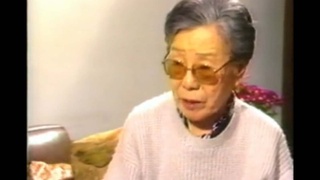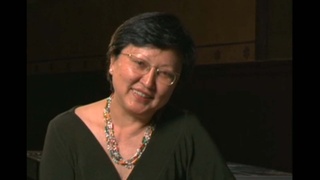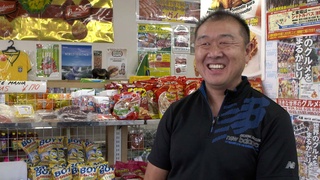Interviews
The winners who remained at the beginning of the migration
The year I moved there in 1954 was the 400th anniversary of the founding of the city of São Paulo. We arrived on January 26th. The 25th of January was the anniversary of the founding of São Paulo. I was only five years old so I don't remember it very well, but there was a huge festival.
However, at that time, there was still a group called the Sakura-gumi Imperial Court, and they were protesting that Japan had won the war, but that the road to reconstruction was still difficult, so they marched from the Plaza de Sé in São Paulo to the consulate general's residence at the government's expense. There are photos of that in the Immigration Museum. So, there were still some people who were the so-called winners even 10 years after the war ended.
Date: September 19, 2019
Location: California, US
Interviewer: Yoko Nishimura
Contributed by: Watase Media Arts Center, Japanese American National Museum








